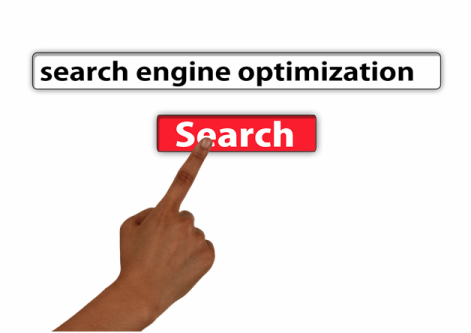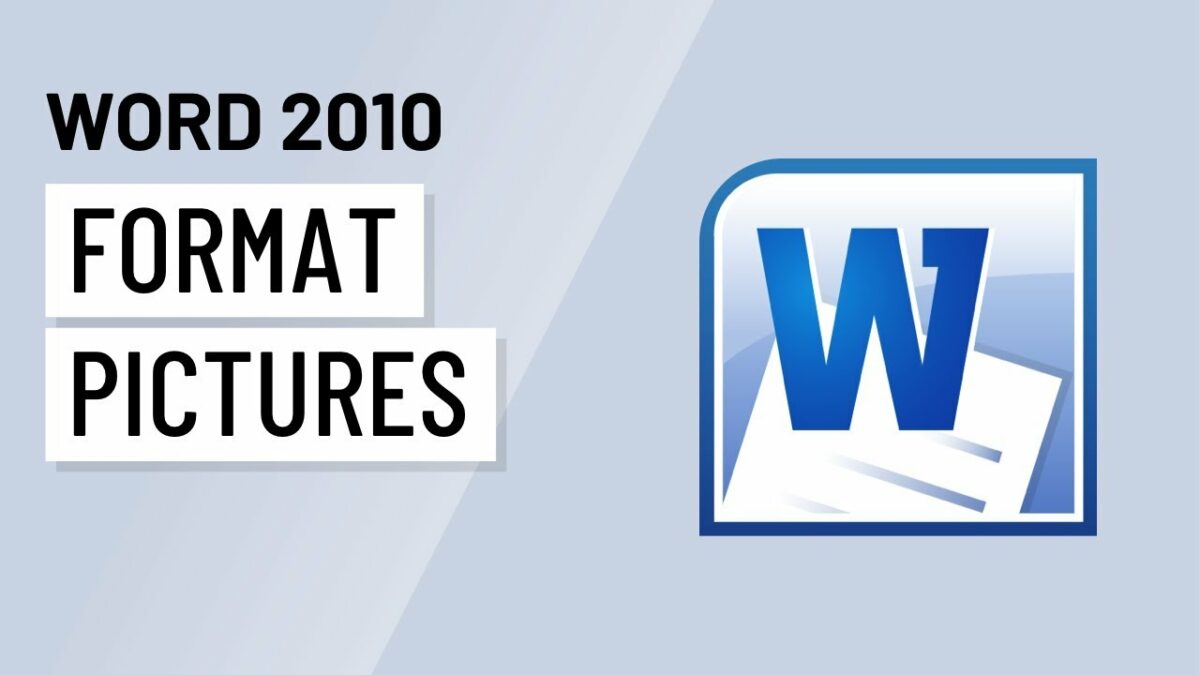Introduction:
In the digital age, a small business’s online presence is often its first and lasting impression on potential customers. As the gateway to products and services, a well-optimized website is a cornerstone for success. This comprehensive guide explores the dos and don’ts of website optimization, providing small businesses with a roadmap to enhance their digital footprint, improve user experience, and drive sustainable growth.
Section 1: The Importance of Website Optimization for Small Businesses
1.1 Digital Storefront: The Essence of Online Visibility
For small businesses, a website is more than a virtual storefront – it’s a dynamic platform for engagement, conversion, and brand building. Effective website optimization ensures that the online presence not only attracts visitors but also converts them into loyal customers, playing a pivotal role in the business’s overall success.
1.2 User-Centric Approach: Enhancing Customer Experience
Website optimization revolves around creating a seamless and user-friendly experience. Small businesses that prioritize the needs and preferences of their audience, delivering a website that is easy to navigate, visually appealing, and responsive, build trust and loyalty among visitors.
Section 2: The Dos of Website Optimization
2.1 Mobile Responsiveness: Prioritizing Cross-Device Compatibility
With the majority of internet users accessing websites on mobile devices, ensuring mobile responsiveness is non-negotiable. Small businesses should design their websites to seamlessly adapt to various screen sizes, providing a consistent and enjoyable experience for users on smartphones, tablets, and desktops.
2.2 Fast Loading Speed: The Need for Swift Navigation
In the digital era, users expect instant gratification. Small businesses must optimize their websites for fast loading speeds to prevent visitors from bouncing due to slow performance. Compressing images, leveraging browser caching, and minimizing HTTP requests are among the strategies to enhance loading times.
2.3 Keyword Optimization: Crafting Relevant and Engaging Content
Effective SEO relies on keyword optimization. Small businesses should conduct thorough keyword research to identify phrases relevant to their industry. Integrating these keywords naturally into website content, meta tags, and headers enhances visibility on search engines, attracting organic traffic and potential customers.
2.4 Clear Calls-to-Action: Guiding User Journey
A well-optimized website strategically places clear and compelling calls-to-action (CTAs). Whether it’s urging visitors to make a purchase, subscribe to a newsletter, or contact the business, strategically positioned CTAs guide the user journey and drive desired actions, contributing to increased conversions.
2.5 Optimized Images: Balancing Quality and Performance
High-quality visuals enhance a website’s aesthetics, but large image files can slow down loading times. Small businesses should optimize images by compressing them without compromising quality. This strikes a balance, ensuring a visually appealing website that maintains optimal performance.
2.6 Social Media Integration: Amplifying Online Presence
Small businesses can leverage social media to amplify their online presence. Website optimization involves integrating social media buttons, allowing users to easily share content across platforms. This not only expands the reach of the business but also fosters a sense of community and engagement.
Section 3: The Don’ts of Website Optimization
3.1 Ignoring Mobile Experience: Alienating a Significant Audience
Failing to prioritize mobile responsiveness alienates a significant portion of potential customers. Small businesses should avoid the mistake of assuming that their website’s desktop version alone suffices. An optimal mobile experience is crucial for capturing the attention and engagement of users across various devices.
3.2 Overlooking Page Speed: Losing Users with Slow Loading Times
Page speed directly influences user satisfaction and search engine rankings. Small businesses should avoid the oversight of neglecting page speed optimization. Cumbersome websites that take too long to load risk losing visitors, negatively impacting bounce rates and search engine rankings.
3.3 Keyword Stuffing: Sacrificing Quality for Quantity
While keywords are integral to SEO, keyword stuffing is counterproductive. Small businesses should refrain from overloading their content with keywords, as this not only compromises the quality of the text but can also lead to penalties from search engines. Prioritizing natural and informative content is key.
3.4 Neglecting User Experience: A Detrimental Oversight
A website’s success hinges on the user experience it provides. Small businesses must avoid neglecting user-centric design principles. Poor navigation, cluttered layouts, and confusing interfaces deter visitors. Investing in a user-friendly design ensures a positive and lasting impression on potential customers.
3.5 Ignoring Analytics: Missing Out on Valuable Insights
Website optimization is an ongoing process that requires constant evaluation and adjustment. Small businesses should avoid the mistake of neglecting analytics. Utilizing tools like Google Analytics provides valuable insights into user behavior, allowing businesses to identify strengths, weaknesses, and areas for improvement.
3.6 Neglecting Security: Jeopardizing Trust and Reputation
Security is paramount in the digital landscape. Small businesses should never overlook the importance of website security. Neglecting security measures not only jeopardizes sensitive data but also erodes trust and damages the reputation of the business. Implementing SSL certificates and staying vigilant against cyber threats is imperative.
Section 4: Adapting to Trends and Evolving Technologies
4.1 Voice Search Optimization: Preparing for the Future
With the rise of voice-activated devices, small businesses should anticipate the growing importance of voice search optimization. Incorporating natural language and conversational keywords into content ensures that the website remains relevant in the era of virtual assistants and smart speakers.
4.2 Progressive Web Apps: Enhancing User Engagement
Embracing Progressive Web Apps (PWAs) is a trend small businesses can adopt to enhance user engagement. PWAs offer a native app-like experience on the web, providing offline access, push notifications, and faster loading times. Small businesses that invest in PWAs stay ahead in delivering cutting-edge user experiences.
Section 5: Conclusion
In conclusion, the dos and don’ts of website optimization form the bedrock of a small business’s success in the digital landscape. A well-optimized website not only attracts visitors but keeps them engaged, converts leads into customers, and fosters brand loyalty. Small businesses that prioritize mobile responsiveness, fast loading speeds, strategic keyword optimization, and user-centric design position themselves for sustained growth and relevance. By avoiding common pitfalls, adapting to emerging trends, and embracing evolving technologies, small businesses can navigate the digital landscape with confidence, ensuring their online presence reflects the quality, credibility, and innovation they bring to their products and services.


